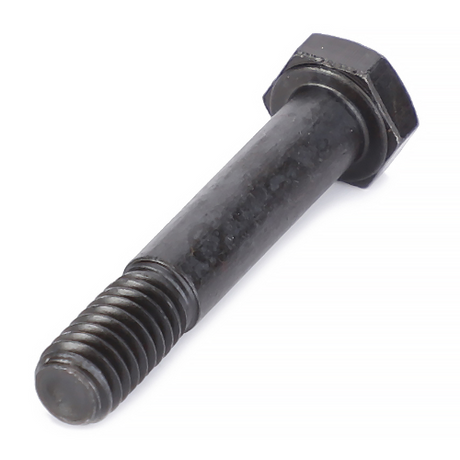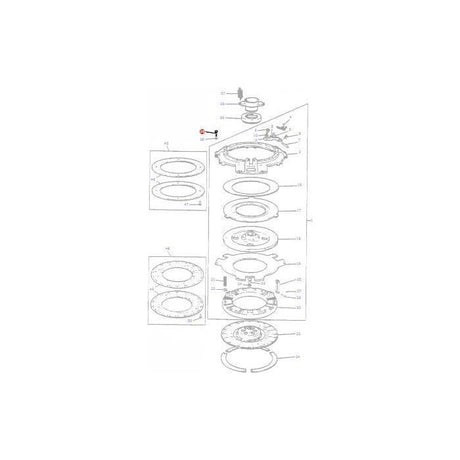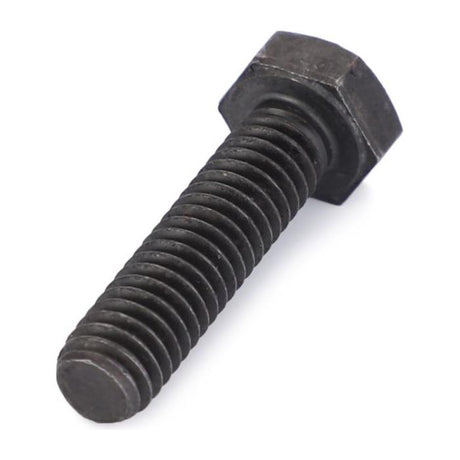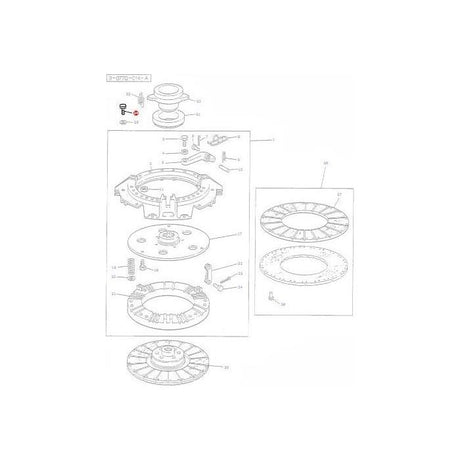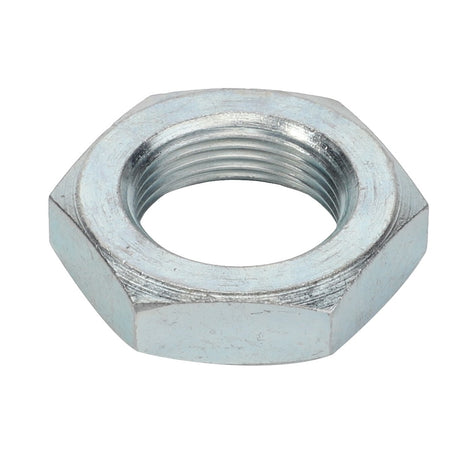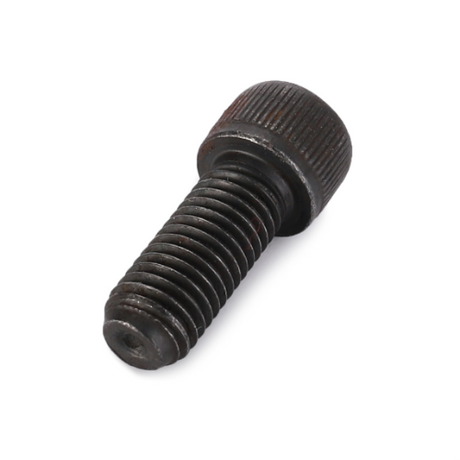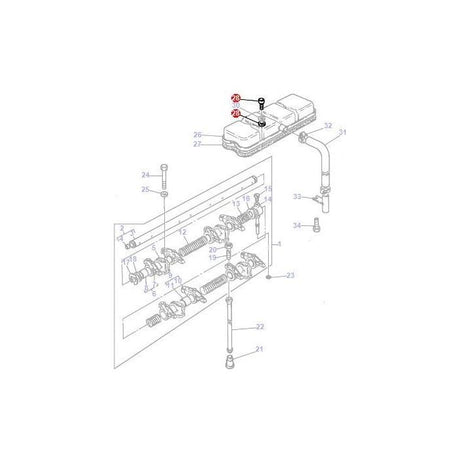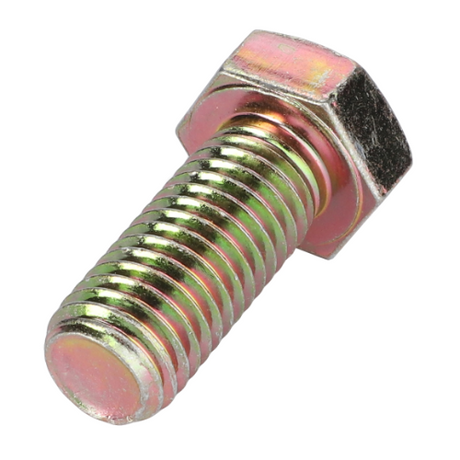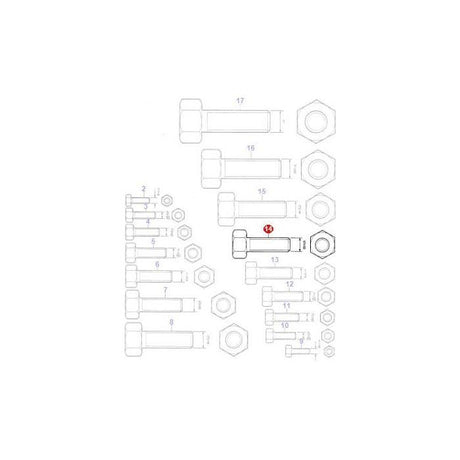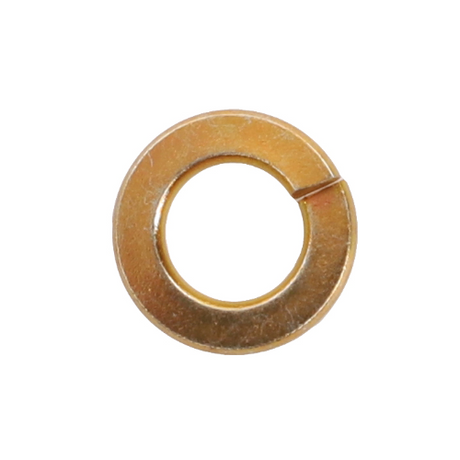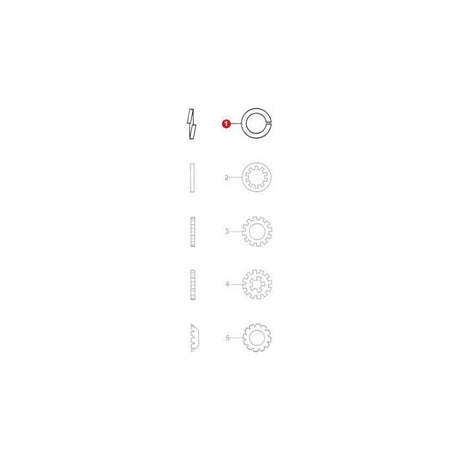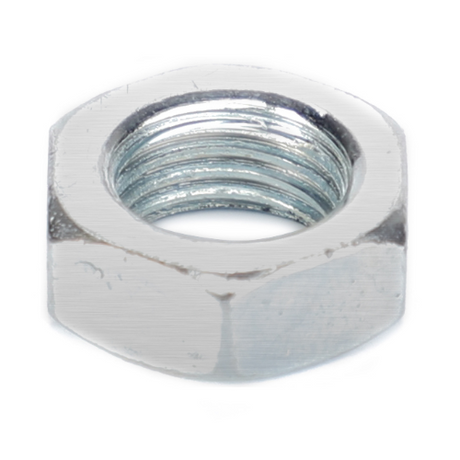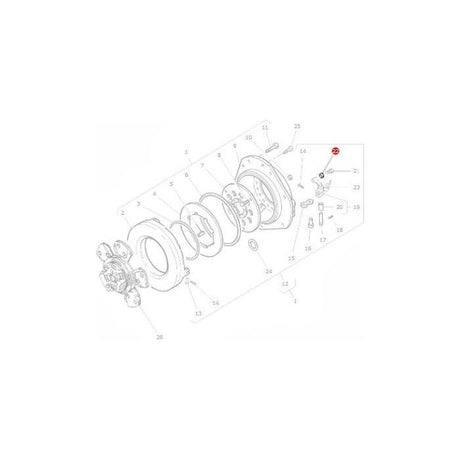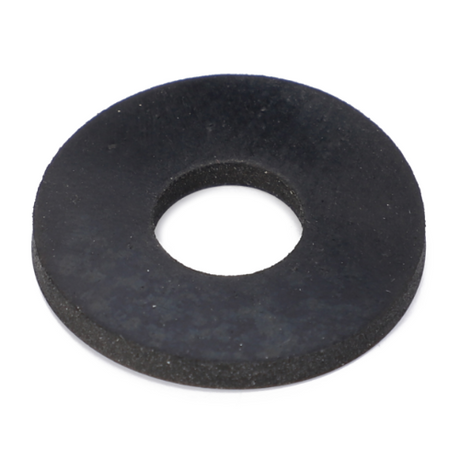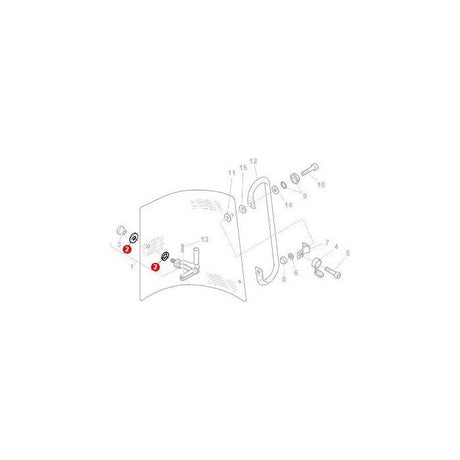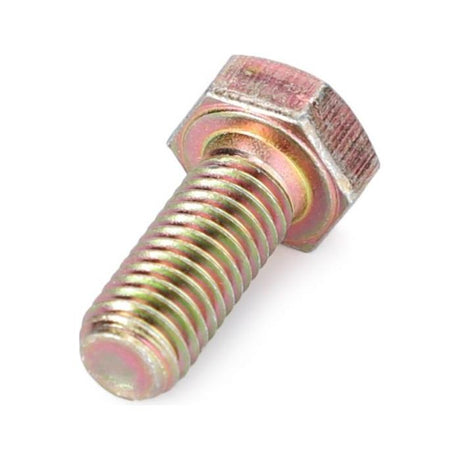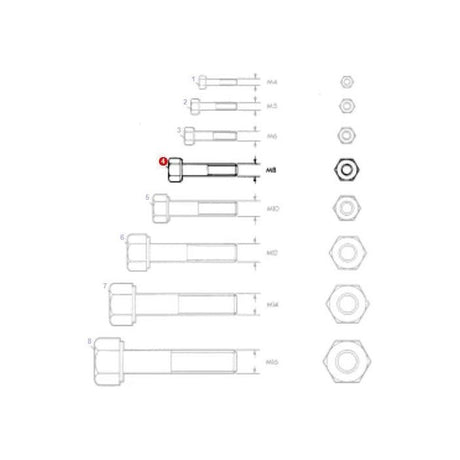Transmission gears are pivotal to the performance and reliability of your Massey Ferguson 390 tractor. They play a crucial role in power distribution, enabling the tractor to operate efficiently under varying conditions. Understanding the function, common issues, and maintenance of these gears is essential for keeping your tractor in peak condition. This comprehensive guide will provide you with all the information you need about Massey Ferguson 390 transmission gears, including their roles, potential problems, maintenance tips, and where to find quality replacement parts.
1. Understanding Massey Ferguson 390 Transmission Gears
A. Role and Function:
-
Power Transfer: Transmission gears are responsible for transferring power from the engine to the wheels. By adjusting the gear ratios, they help in controlling the tractor’s speed and torque.
-
Gear Types: The Massey Ferguson 390 typically features several types of gears, including:
- Forward Gears: For driving the tractor forward at various speeds.
- Reverse Gears: To enable backward movement.
- Intermediate Gears: To adjust the gear ratios between the forward and reverse gears for different operational needs.
-
Gear Synchronization: Gears work in conjunction to ensure smooth operation and efficient power transfer. Synchronizers help align the gears during shifting to prevent grinding and ensure seamless gear changes.
B. Components of Transmission Gears:
-
Gear Teeth: The teeth on the gears mesh together to transfer power. They must be properly aligned and in good condition to function effectively.
-
Gear Shafts: Gear shafts support the gears and transmit rotational motion through the transmission system.
-
Gearbox: The gearbox houses the transmission gears and provides a controlled environment for gear operation.
2. Common Issues with Transmission Gears
A. Gear Slippage:
-
Symptoms: Difficulty in maintaining gear engagement, unexpected gear changes, or slipping out of gear.
-
Causes: Worn or damaged gears, improper adjustment, or inadequate lubrication can lead to gear slippage.
B. Gear Grinding:
-
Symptoms: Unusual grinding noises during operation or shifting.
-
Causes: Gear grinding can result from misalignment, worn gear teeth, or issues with the synchronizers.
C. Gear Noise and Vibration:
-
Symptoms: Excessive noise, such as whining or rattling, or noticeable vibrations during operation.
-
Causes: Noise and vibration may be due to worn bearings, imbalanced gears, or damaged shafts.
D. Difficulty Shifting Gears:
-
Symptoms: Hard or difficult gear changes, or resistance when shifting.
-
Causes: This issue can be caused by worn synchronizers, misaligned gears, or problems with the shift mechanism.
3. Maintenance and Replacement Tips
A. Regular Inspections:
-
Frequency: Inspect transmission gears as part of routine maintenance. Check for signs of wear, damage, or misalignment.
-
Method: Listen for unusual noises, assess gear engagement, and use diagnostic tools to evaluate gear condition.
B. Lubrication:
-
Importance: Proper lubrication is crucial for minimizing friction and wear on transmission gears.
-
Schedule: Change the transmission fluid and filter according to the manufacturer’s recommendations, typically every 1,000 to 2,000 hours of operation.
C. Professional Servicing:
-
Quality Parts: Use genuine OEM or high-quality aftermarket transmission gears to ensure optimal performance and longevity.
-
Expert Installation: Have gears replaced or repaired by a qualified mechanic to ensure accurate installation and prevent potential issues.
D. Addressing Issues Promptly:
-
Early Detection: Identify and address any signs of transmission gear problems early to prevent further damage and avoid costly repairs.
-
Routine Maintenance: Follow the manufacturer’s maintenance schedule and recommendations to keep the transmission gears in optimal condition.
4. Where to Find Quality Transmission Gears
A. Farmingparts.com
-
Extensive Selection: Explore our wide range of high-quality transmission gears for the Massey Ferguson 390 at Farmingparts.com. We offer both OEM and aftermarket parts to suit your needs.
-
Expert Advice: Receive professional guidance on selecting the right transmission gears and get support for installation and maintenance.
-
Convenient Ordering: Enjoy easy online ordering with fast shipping options to get your parts quickly and efficiently.
Understanding and maintaining the transmission gears in your Massey Ferguson 390 is essential for ensuring reliable performance and longevity. By familiarizing yourself with the key components, recognizing common issues, and following proper maintenance and replacement practices, you can keep your tractor running smoothly. For high-quality transmission gears and expert support, visit Farmingparts.com and find everything you need to enhance your Massey Ferguson 390.
Ready to replace or upgrade your Massey Ferguson 390 transmission gears? Visit Farmingparts.com today to browse our selection of genuine OEM and high-quality parts. Get expert advice and ensure your tractor performs at its best with the right components.



